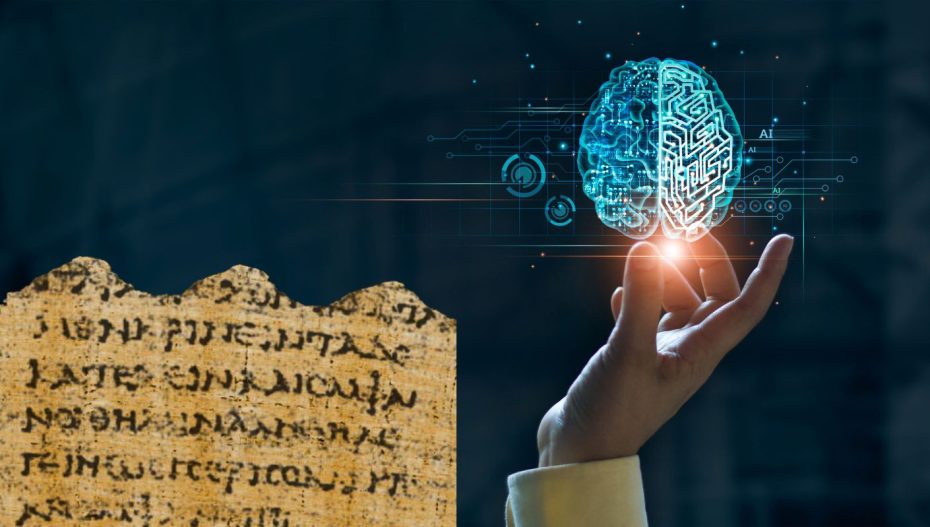Using AI algorithms trained on scans of ancient papyrus scrolls, these young scholars have cracked part of the “Herculaneum scrolls,” a priceless collection buried under the eruption of Mount Vesuvius in 79 AD. This breakthrough, announced on February 5th, marks a new era in deciphering the “only library that survives from the ancient world.”
For centuries, these scrolls remained unreadable, their contents sealed within fragile lumps of carbonized ash. Traditional methods often caused more damage than good. But this competition, called the Vesuvius Challenge, offered a game-changer: harnessing the power of AI.
The winning team, comprising students from Egypt, Switzerland, and the US, trained their algorithm on “crackles” – faint textures resembling cracked mud discovered in high-resolution scans. This seemingly insignificant detail proved to be the key. Their efforts yielded hundreds of words across 15 columns, representing a small but groundbreaking glimpse into the scroll’s content.
This achievement is more than just deciphering a single scroll. It demonstrates the potential of AI to unlock a vast trove of hidden knowledge, shedding light on lost civilizations and rewriting history as we know it. As Brent Seales, co-founder of the competition, aptly states, “Nobody doubts this will work anymore.”
The journey doesn’t end here. The team’s success paves the way for further exploration, potentially deciphering the entire scroll and even applying the technology to the remaining 1,800 Herculaneum scrolls.
Archaeological Evidence Reveals: How Millets Saved an Ancient City. Read More













